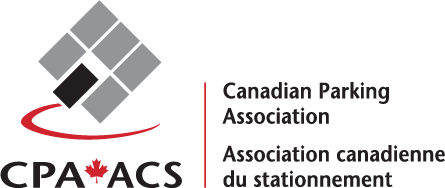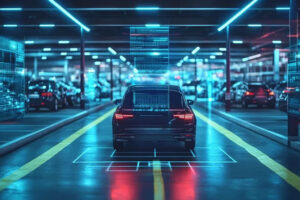By Nigel Bullers, Shirley Rodriguez, and Paul Yakutchik
In a bustling city like Vancouver, where urban density and mobility challenges are constantly on the rise, creating a seamless parking experience is critical. EasyPark Vancouver, in collaboration with technology partners Fennix Systems and ZipBy, has taken a bold step toward revolutionizing the parking landscape. This summer, a groundbreaking technology pilot was launched at two of Vancouver’s busiest parking locations—Lot 19 and Lot 126/31—ushering in a new era of frictionless parking.
The initiative aims to enhance safety, efficiency, and sustainability while making parking as effortless as driving on a toll highway. The results are in, and the innovative solution is already making waves in the industry, setting a benchmark for what parking can—and should—look like in the future.
A Vision for Seamless Parking
At its core, this project addresses a simple yet vital need: the demand for a faster, easier, and more secure parking experience. Traditional parking systems, with their reliance on ticket dispensers and manual payment methods, often create bottlenecks and customer frustration. EasyPark recognized that a transformative solution was needed to eliminate these barriers.
In partnership with Fennix and ZipBy, EasyPark deployed cutting-edge technologies designed to streamline every step of the parking process. The solution integrates Fennix’s AI-powered license plate recognition (LPR) cameras with ZipBy’s innovative mobile app, providing drivers with touchless entry, automated payment, and seamless exits. The system is designed to provide a “drive-through” experience, allowing customers to enter, park, and leave without ever interacting with a meter or gate.
This transformative approach relies on dual optical and infrared LPR cameras with an impressive 99% accuracy rate. These cameras identify vehicles in real-time, enabling the system to open gates automatically. Meanwhile, ZipBy’s app leverages Bluetooth and GPS to track parking sessions, notify drivers when…
By Ebby Zachariah and Chris Perry
Over the past 20 years mixed-use development has become a staple of urban development in Canadian cities. It’s easy to see its appeal for developers and property owners. By combining several different use cases within a single development, developers and owners can benefit from a variety of potential revenue sources. And the diversity of uses can provide stability because when one sector slows down there will be one or more other uses remaining to pick up the slack.
Typically, owners and developers—and urban planners, for that matter—view mixed use solely in the traditional context of a development combining parking, and then some mix of retail, commercial, residential, and/or entertainment development. But there’s another form of mixed-use development that’s worth considering: parking. Yes, just parking.
As parking professionals, we instinctively understand how a development that revolves solely around parking can be an example of mixed-use. Most parking facilities serve multiple user groups. These groups have different needs, use parking assets differently, and may pay different rates. This is true of commercial, residential, and even institutional development with parking assets.
When parking owners start to think about their parking assets in this context, it opens up a whole new world of revenue and tenant amenity opportunities.
A Whole New Ballgame: Parking Management Technology
Until recently, it wasn’t possible to manage parking assets effectively and efficiently when there were multiple use cases. Parking had to be treated as an afterthought at best—and a throw-in at worst—because parking management wasn’t automated. It was just too costly and time-consuming to manage different parking use cases by hand.
With the emergence of parking management software platforms, however, owners can now manage each user group differently, providing access to specific areas of a parking facility, offering access at…
When the time comes to consider asphalt repair for your parking lot or driveway, you want to be absolutely sure you’re choosing the right option. Asphalt paving and sealcoating can appear similar on the surface—no pun intended—but these two maintenance and repair procedures are very different.
Asphalt Paving – The what, how, and when
Asphalt paving is the process where existing asphalt surfaces are either replaced or have a new layer of asphalt added on top of them. It’s most often used when asphalt is showing signs of deterioration or wear, such as large cracks and potholes, but when the wear is not bad enough to warrant a complete replacement.
There are a number of options for surface asphalt repair, depending on the issues your parking lot is facing:
Infrared repair – a process in which new and existing asphalt is blended together and compacted into the damaged area for seamless reparation of potholes and rough areas. This method is particularly effective due to the quality of the repair, reduced construction time, and economical advantages.
Pothole repair – asphalt mix is added to the hole after debris has been cleared away, which is then compacted with a multi-ton vibratory roller or a vibratory plate. This is, more often than not, a remedial repair and the hole may reform months or even weeks after the job.
Resurfacing – after the asphalt has been cleared of debris, a new layer of asphalt is applied to the old surface. Between these layers is tack coat, which bonds the two different asphalts together firmly. The new layer will measure the correct depth and be compacted with a multi-ton vibratory roller.





